With the 2025 World Series of Poker in full swing, thousands of players are chasing gold bracelets—and just as many are looking to invest in the action. Whether you're a poker enthusiast hoping to own a sweat in the Main Event or a seasoned grinder trying to reduce variance, buying pieces has become an integral part of modern poker.
But what separates a smart stake from a losing one? How do successful backers find value, manage risk, and navigate the emotional and financial realities of poker investing?
In this article, we break down the most important takeaways from Derek Wolters, a longtime poker player and backer who has held shares in two WSOP Main Event finalists—including Jake Balsiger’s unforgettable $3.5 million run. Wolters shared his experience in a conversation on the Table 1 Podcast, offering deep insights into what makes backing profitable—and when it becomes a losing game.
If you're a Russian speaker, you can also read a translated and adapted version of the interview on GipsyTeam.ru, prepared by Mikhail “BadSeed” Savinov.
This article was independently created by RakeRace.com as an English-language summary of Derek Wolters' original interview.
From College Grinder to High-Stakes Backer
Derek Wolters didn’t set out to become one of poker’s most successful backers. Like many others in the early 2000s, he stumbled into the game through a mix of curiosity, competition, and late-night home games. What began as a teenage hobby soon turned into something more serious.
“We played $5 poker in basements after school. But once I realized there was real money in it, I dove in. I started playing online at 16, using my mom’s credit card on PartyPoker. I had no idea what I was doing—I was just clicking buttons.”
In college, Wolters began to study the game more seriously, moving from limit to no-limit hold’em and focusing on cash games. Tournament poker didn’t initially fit his schedule, which was packed with classes and weekends spent partying. That changed in his junior year, when a two-day online tournament altered the trajectory of his career.
“It was a $200 mini-FTOPS 6-max. I made Day 2, but the internet went out at our house. We all jumped in a van and drove to the campus library. I played six or seven more hours from the science building. I ended up winning it for $120,000.”
That victory didn’t just give Wolters a bankroll. It gave him the realization that tournaments were beatable—and profitable. He started playing more regularly and expanded his network of poker friends. Among them was a young player named Jake Balsiger, who would go on to make WSOP history—and help make Wolters a fortune.
Backing as Business: Lessons from the Field
Wolters’ biggest score came in 2012, when Jake Balsiger finished 3rd in the WSOP Main Event, cashing for $3.5 million. Wolters had a 17% share, making it the kind of windfall most backers dream of. But it wasn’t luck—it was the result of strong reads, long-term trust, and good old-fashioned timing.
“On Day 6 or 7, with 30 players left, it stopped feeling like a sweat and started feeling real. We even simulated the final table in a hotel room the night before—chip stacks, seating assignments, everything.”
But not all investments are that glamorous. Wolters draws a sharp line between buying individual shares and full-time staking with makeup, the latter being far more demanding and often emotionally draining. In makeup deals, backers take on all the losses and only recover when the player wins—and even then, personal financial pressures can distort incentives.
“You can’t expect someone to treat your money like their own. That’s why most makeup deals fail.”
After staking up to 10 players at once—and losing hundreds of thousands during the learning curve—Wolters became much more hands-on. He set strict study and coaching requirements, held weekly calls, and helped players manage not just their game but their life off the felt.
Today, he backs just one player, someone he’s worked with for 10 years who is now close to going independent.
Tips for WSOP Investors in 2025
Looking at this year’s World Series, Wolters is clear: avoid overpriced Main Event shares.
“It’s become a lottery. Everyone wants to buy, so prices are too high. I’d estimate the ROI for buyers is around –40%.”
Instead, he recommends looking at large-field, low-buy-in events like the Colossus or Reunion, where the field is massive, soft, and variance works in your favor.
His tips for buyers:
- Prioritize players with a proven online track record
- Negotiate markups fairly; aim for 1.10–1.15
- Avoid high markup unless you're buying from a top-tier pro
- Skip platforms that charge high commissions; build relationships directly
His tips for sellers:
- Don’t pay 5% to third-party platforms if you’re a professional
- Sell to your network, not strangers
- Communicate clearly and treat backers with respect
“If you’re serious, build trust. That’s your edge.”
The Takeaway
Whether you’re looking to diversify your poker exposure or reduce the rollercoaster of tournament variance, buying pieces—done right—can be one of the sharpest moves in the game. As Derek Wolters proves, success comes not just from luck or intuition, but from relationships, discipline, and knowing where the real EV lies.
Maximize Your Poker Profits with RakeRace.com
✅ Exclusive Support – Personalized assistance for registered players.
🏆 Monthly Rewards – Up to $50,000 in prizes through top-tier promotions.
🎯 Best Rakeback Deals – Compare and access industry-leading rakeback offers.
🔝 Trusted Since 2008 – Over 15 years of helping poker players maximize profits.
👉 Join RakeRace.com and turn your volume into serious earnings.

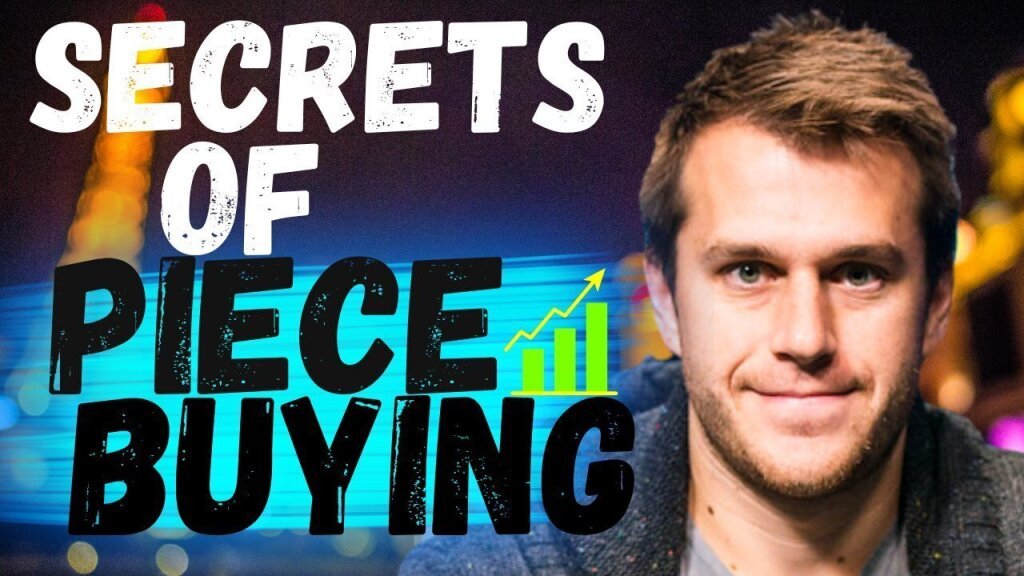


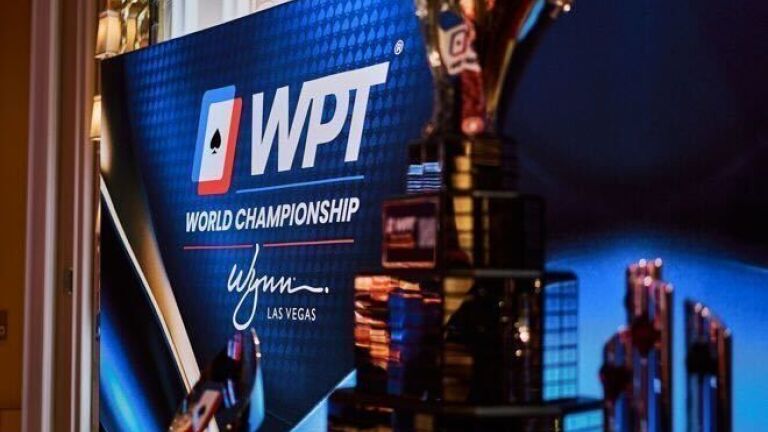
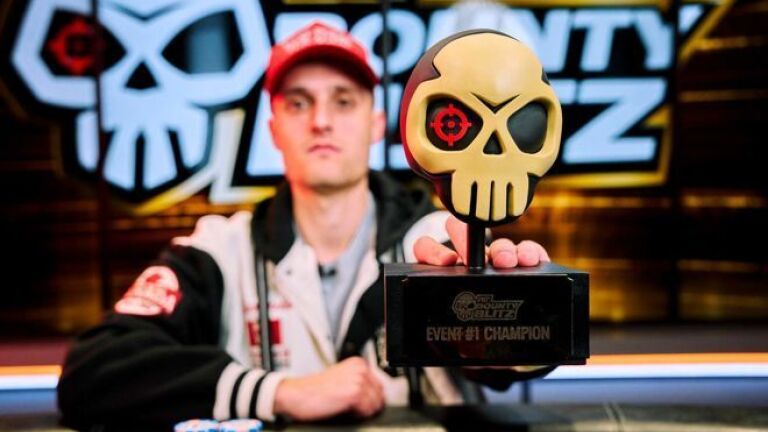
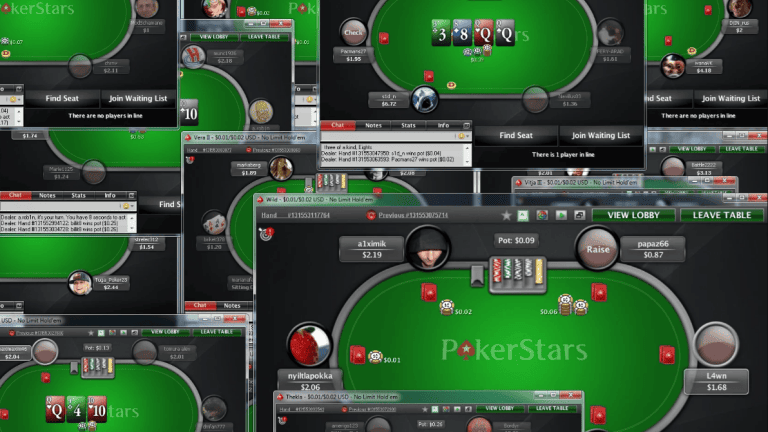








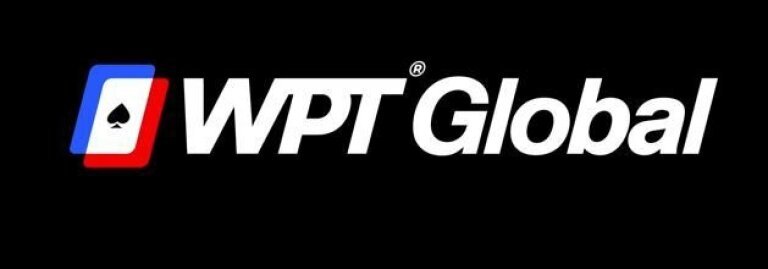














0 comments